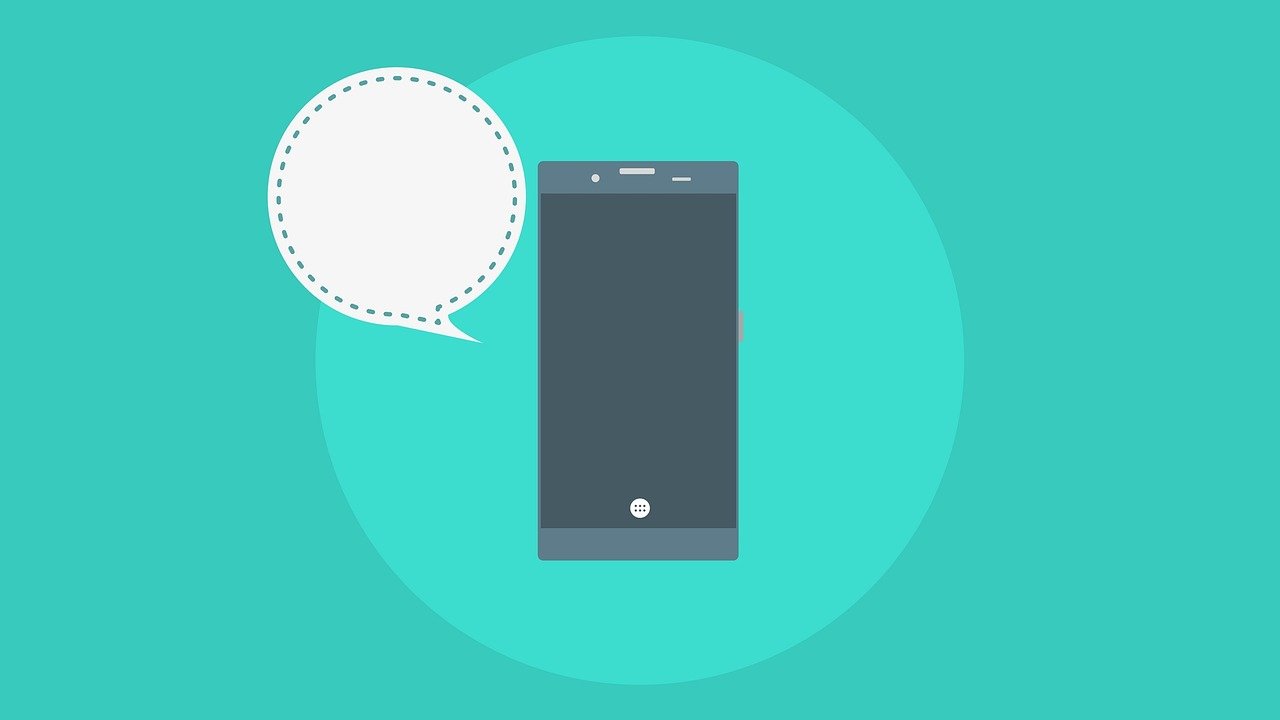
Rooting your Android phone is a great way to gain greater control of the device’s operating system. Through this process, you’ll be able to install custom software, delete stubborn apps, and enjoy access to otherwise-restricted commands, system folders, and files.
A rooted device gives you greater freedom, but with it comes greater responsibility. There are some risks to rooting your Android device, so you should first back up all the data in a safe and accessible place. The phone rooting process, for instance, can easily go wrong if you follow the wrong tutorial or procedure. You will also void the warranty, and your phone may become susceptible to malware attacks. Below are ways to back up your Android phone data before rooting it.
How to Back Up Your Android’s Data
You can use several techniques to back up your Android smartphone, but we will only focus on these three: Android Backup Manager, Google Autoplay, and Google Account. All these methods are effective, so feel free to choose one that works best for you.
1. Data Backup via Android Backup Manager
With this method, you will need an Android backup software, a USB cable for data transfer, your Android phone, and your personal computer. You can choose the Android backup software of choice based on your preferences. Ensure the software is compatible with your PC’s operating system and is from a genuine and reputable software vendor.
An example would be the Samsung Backup and Restore software that supports multiple data types such as apps, videos, photos, call history, contacts, music, and more. The software should also support different Android phones and tablets, plus it shouldn’t lose the data/file quality and format.
To backup data, you need to install the software and run it on your PC or desktop. Use the USB cable to connect your phone to the PC, then enable USB debugging on the Android phone. Navigate to the software, click “backup,” and follow the on-screen instructions. Depending on the software you use, the instructions may vary slightly, but you should get through this without any challenges.
Most backup software will allow you to choose a backup location, such as the PC’s internal storage or external storage device. Using an external hard drive to store your phone data gives you more convenience as you can easily duplicate the data to other PCs and storage devices.
You can also choose an SSD drive depending on what’s available and the data you want to backup. If you are to use advanced storage options such as a multi-level cell (MLC) SSDs or triple-level cell (TLC) SSDs, you may want to consider the cost per unit of storage, capacity, reliability, and endurance before making up your mind.
3. Data Backup via AutoPlay
Windows AutoPlay is another option that’s quick and convenient. It doesn’t require any software but may not be ideal for backing up heavy files. All you’ll need is a USB cable, your PC, and your Android phone. Once you connect the USB to the PC, you’ll see a pop-up with the option to “open device to view files.” Click on this option, then drag and drop the folders or files you want to back up into the desired storage space, i.e., whether internal or external. With the latter, you’ll have to connect a flash drive or a hard/SSD drive.
3. Data Backup via Google Account
Instead of using Android backup software or a USB cable and PC, you can automatically back up contacts, device settings, contacts, photos (via Google Photos), and calendars from your old Android phone to your Google account. This method doesn’t work with files such as music, app data, SMS, call history, and videos.
To backup Android data via Google Account, follow these steps:
- Head to Settings > data backup and reset, then turn on > back up my data and >Automatic restore.
- Click backup account > Add account > Google and sign in with your Google account.
- Switch on the data you want to back up, then hit >Sync now button under pr below the three-dot menu.
- The backup process will be complete once the last synced time updates.
Summary
Rooting your device requires you to first back up your data in a safe and secure storage location. The three data backup techniques we have discussed can work solo or together, depending on the type and amount of data you want to back up.